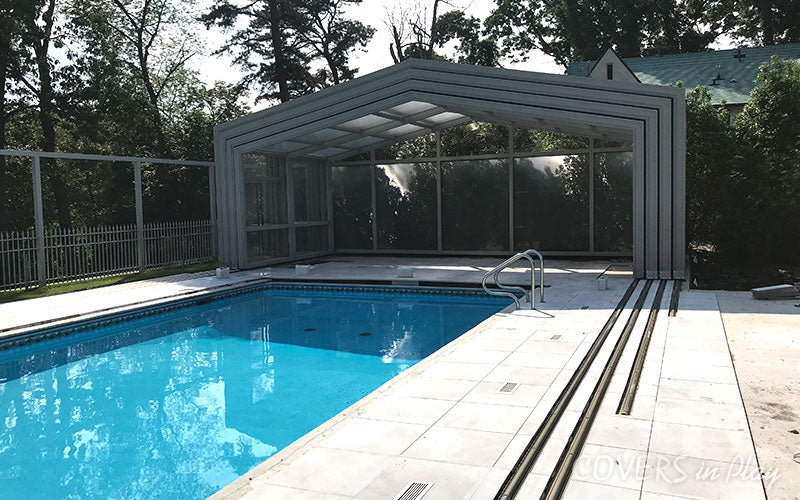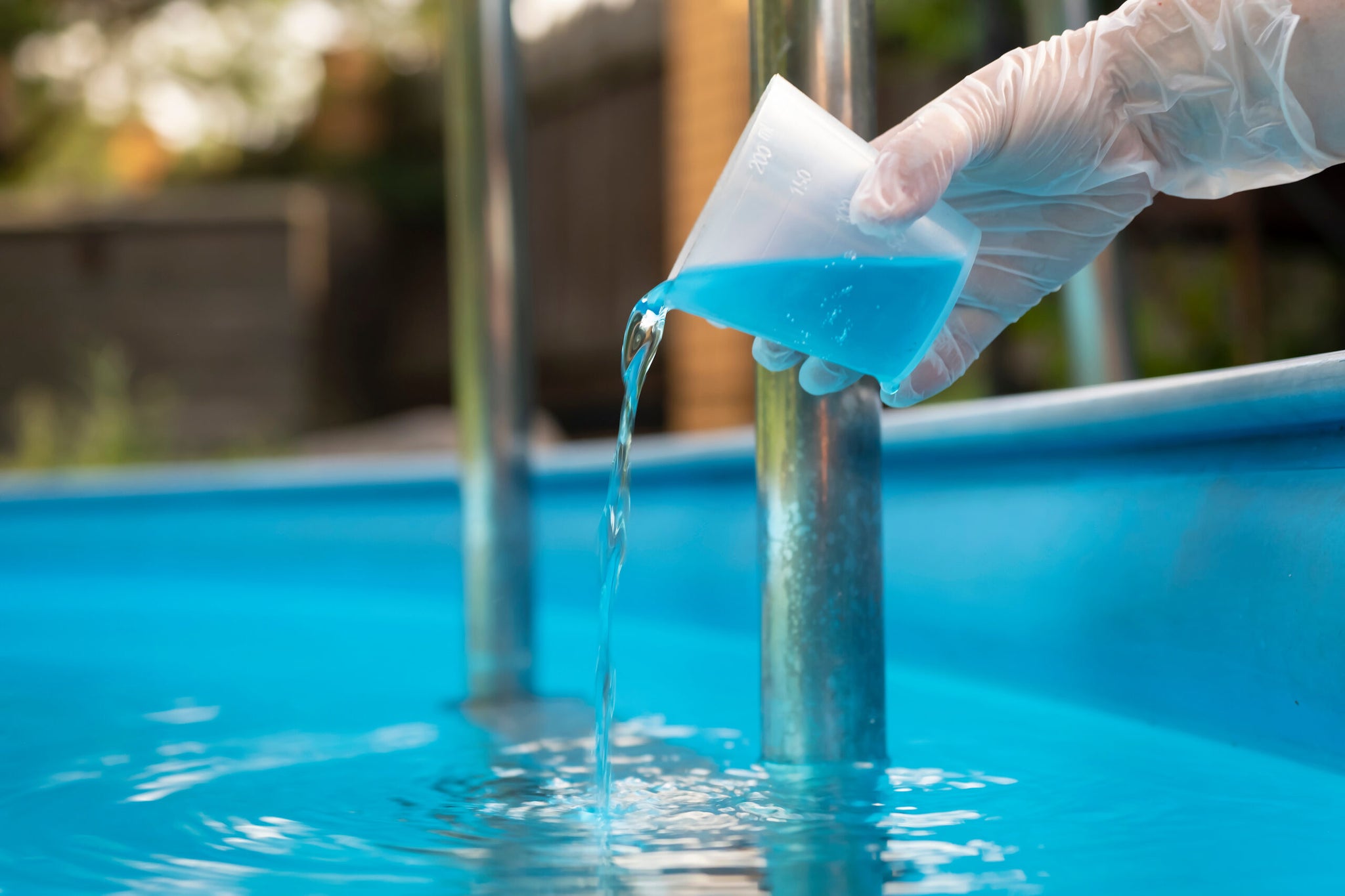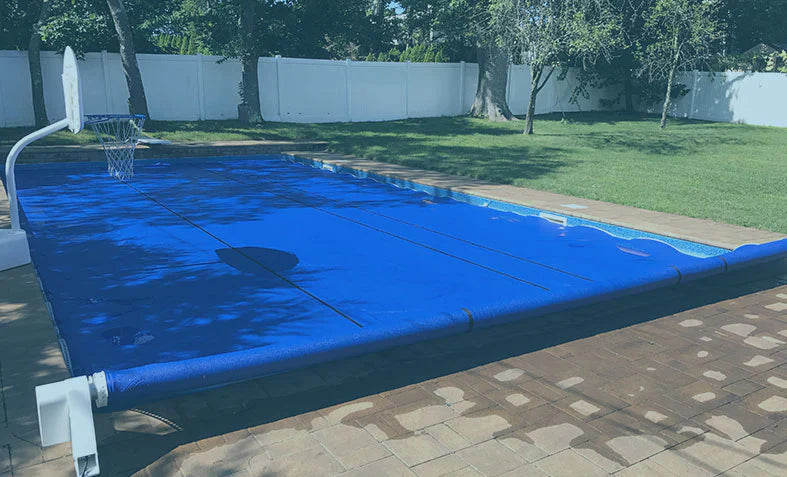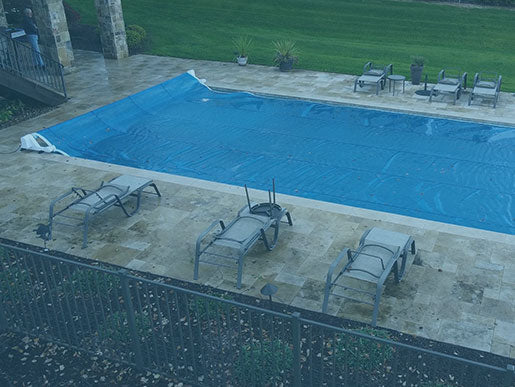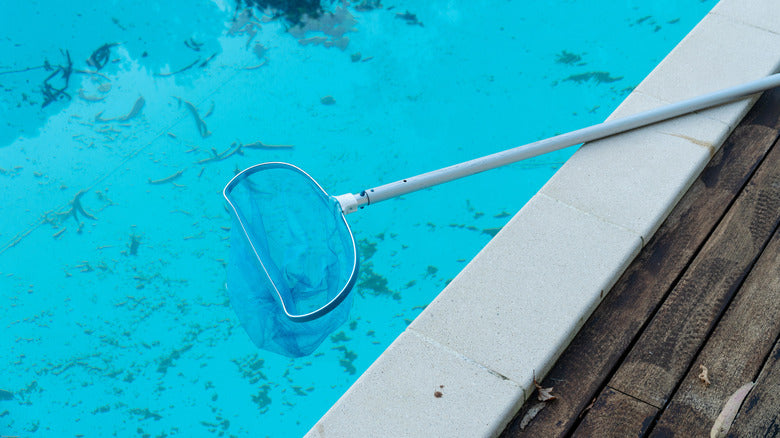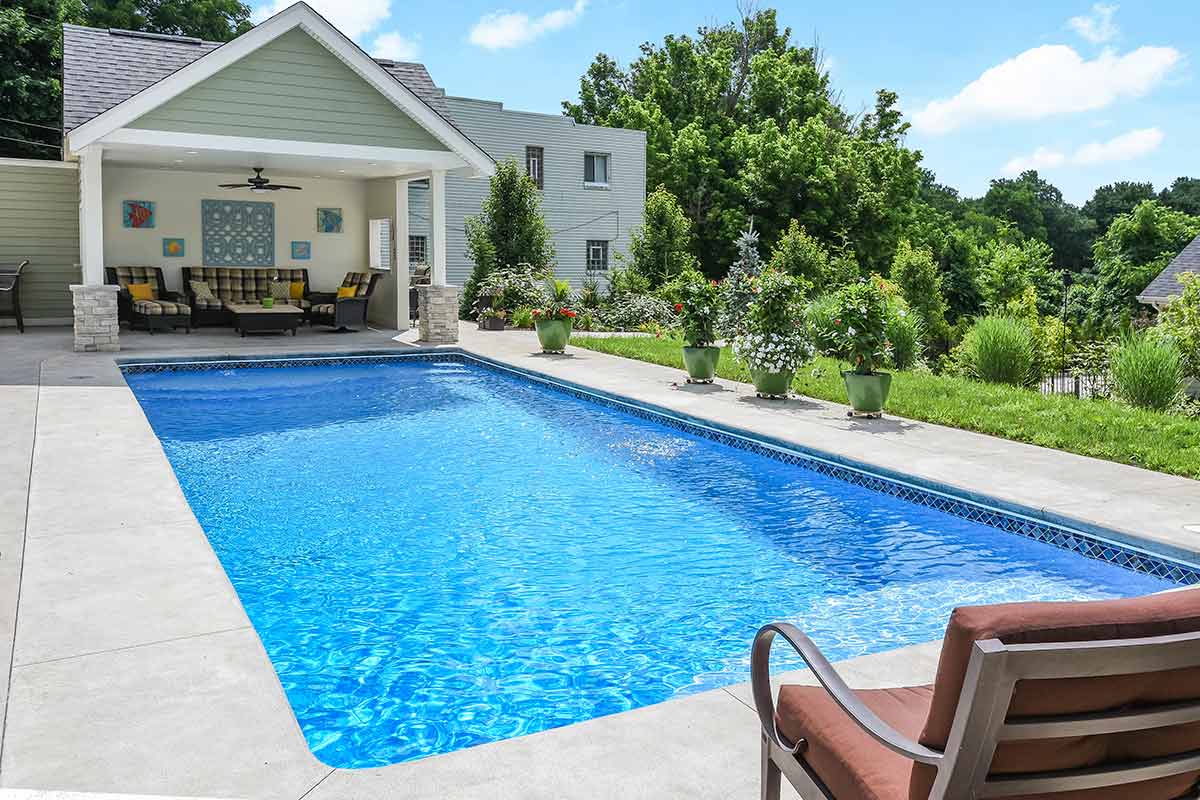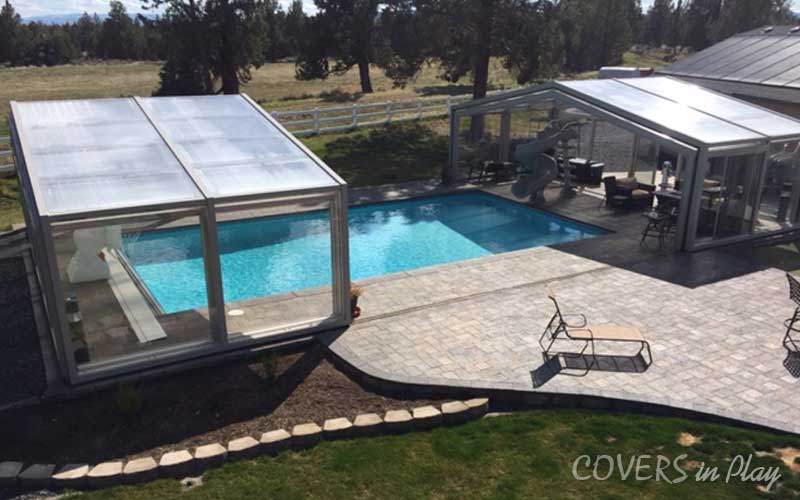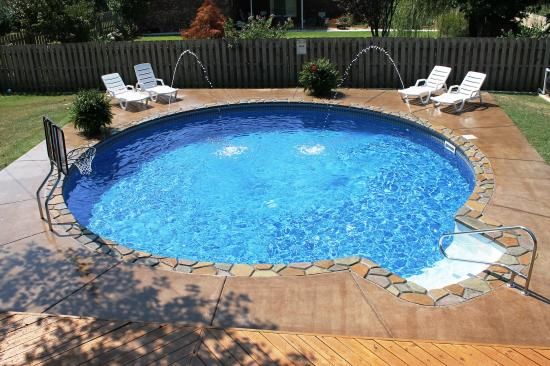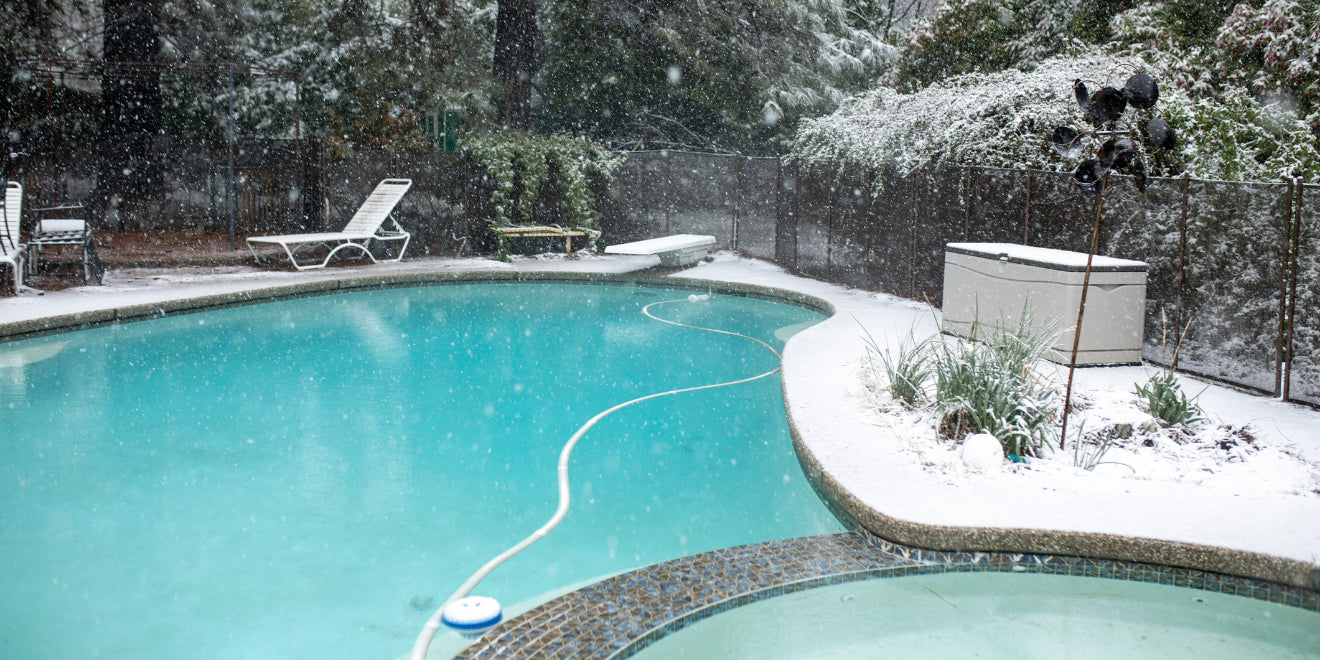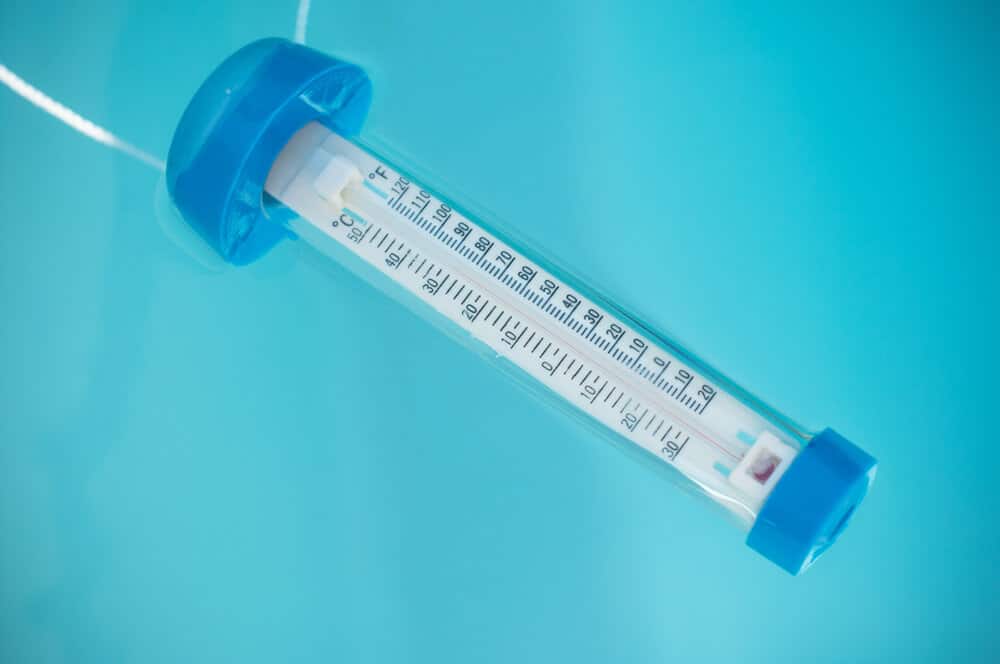
Finding Your Perfect Pool Temperature: Balancing Comfort and Cost
Discovering the optimal swimming pool temperature can enhance comfort while managing energy costs. Let's explore how to strike the perfect balance.
Understanding Temperature Preferences and Influences
Explore how individual comfort preferences and external factors like weather conditions impact the ideal pool temperature. Consider factors such as age, activity level, and health conditions when determining the most comfortable temperature range.
Balancing Comfort and Energy Efficiency for Cost Savings
Find the delicate balance between maintaining a comfortable swimming environment and minimizing energy consumption to reduce operational costs. Experiment with temperature settings to identify the optimal balance between comfort and cost-effectiveness.

Considering Seasonal Variations and Weather Conditions
Adjust pool temperatures seasonally to accommodate changes in weather conditions and outdoor temperatures. During warmer months, you may be able to lower pool temperatures slightly to save on cooling costs, while in colder months, higher temperatures may be necessary to maintain comfort.
Energy-Saving Techniques for Pool Heating and Cooling
Implement energy-saving techniques such as using pool covers, solar heating systems, or heat pumps to maintain desired temperatures without significantly increasing energy costs. Explore the benefits of each method and choose the most suitable option based on your budget and environmental considerations.
Harnessing Solar Energy for Sustainable Heating
Discover the advantages of solar heating systems in utilizing renewable energy sources to warm your pool water. Solar heating systems can provide cost-effective heating solutions while reducing your carbon footprint and reliance on traditional heating methods.
Utilizing Heat Pumps for Efficient Temperature Control
Explore the efficiency of heat pump systems in maintaining consistent pool temperatures year-round. Heat pumps extract heat from the surrounding air or water and transfer it to the pool, providing reliable heating while consuming less energy compared to traditional heating systems.
Pool Cover Benefits for Temperature Retention
Maximize energy savings and temperature retention with the use of pool covers. Pool covers help prevent heat loss through evaporation, reducing the need for additional heating and cooling while keeping your pool water at a comfortable temperature.
Smart Thermostat Integration for Automated Control
Integrate smart thermostat technology into your pool heating system to regulate temperatures efficiently. Smart thermostats can adjust temperature settings based on usage patterns, weather forecasts, and energy pricing, optimizing comfort levels while minimizing energy consumption and costs.
Nighttime Temperature Adjustments for Energy Conservation
Lower pool temperatures during nighttime hours to conserve energy while still ensuring a comfortable swimming experience during peak usage times. Programmable thermostats or smart controls can automatically adjust temperatures based on your preferred schedule, maximizing energy efficiency without sacrificing comfort.
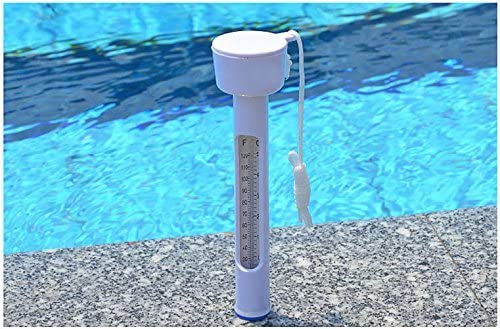
Monitoring and Adjusting for Optimal Performance
Regularly monitor pool temperatures and energy consumption to identify opportunities for optimization. Make adjustments to temperature settings, heating schedules, or energy-saving features as needed to maintain a balance between comfort and cost-effectiveness throughout the year.
Pool Heater Sizing Considerations
Ensure your pool heater is appropriately sized for your pool's volume and location to optimize heating efficiency. An undersized heater may struggle to maintain desired temperatures, leading to increased energy consumption, while an oversized heater can result in unnecessary energy expenses.
Energy-Efficient Pump Selection
Choose an energy-efficient pool pump with variable speed settings to optimize circulation and minimize energy consumption. Variable speed pumps allow you to adjust flow rates based on pool usage and heating needs, reducing energy waste and operating costs.
Solar Blanket Maintenance
Regularly clean and maintain your solar blanket to maximize its effectiveness in retaining heat and reducing evaporation. Remove debris and dirt from the surface of the blanket, and store it properly when not in use to prolong its lifespan and energy-saving benefits.
Shade Management Strategies
Utilize natural or artificial shading around your pool area to reduce direct sunlight exposure and minimize heat absorption. Planting trees, installing pergolas, or adding umbrellas can create shaded areas that help keep pool temperatures comfortable and reduce the need for additional cooling.
Windbreak Installation
Install windbreaks, such as fences or hedges, to shield your pool from strong winds that can accelerate heat loss through evaporation. By reducing wind exposure, you can maintain warmer pool temperatures and lower heating costs, especially in windy areas or during cooler seasons.
Water Features Integration
Incorporate water features like fountains, waterfalls, or bubblers into your pool design to enhance aesthetics while promoting natural cooling through evaporation. These features can create a pleasant ambiance and help regulate pool temperatures, particularly in hot climates or during summer months.
Nighttime Temperature Regulation
Take advantage of cooler nighttime temperatures to naturally lower your pool's temperature without relying on energy-consuming cooling systems. Open pool covers or allow for nighttime ventilation to facilitate heat dissipation and promote comfortable swimming conditions the following day.
Strategic Landscaping Design
Design your pool surroundings with strategic landscaping features that enhance energy efficiency and comfort. Planting dense vegetation or installing permeable surfaces can provide natural insulation and shade, reducing temperature fluctuations and energy demands for heating and cooling.
Regular HVAC Maintenance
Schedule routine maintenance for your pool's heating, ventilation, and air conditioning (HVAC) systems to ensure optimal performance and energy efficiency. Clean filters, inspect ductwork, and tune up equipment regularly to minimize energy waste and maximize comfort throughout the year.

Community Pool Resources
Explore community or neighborhood pool resources that offer shared amenities and energy-efficient practices. Collaborating with neighbors to implement energy-saving measures, such as shared heating systems or coordinated pool maintenance schedules, can further reduce costs and promote sustainability in your community.
Seasonal Pool Temperature Guidelines
Establish seasonal temperature guidelines based on weather patterns and anticipated pool usage. Adjust temperature settings accordingly to maximize comfort during peak swimming seasons while conserving energy during periods of lower demand, such as cooler months or inclement weather. Regularly review and update these guidelines to adapt to changing environmental conditions and user preferences.
Time-of-Use Energy Pricing Optimization
Take advantage of time-of-use energy pricing plans offered by utility companies to optimize pool heating costs. Program pool heating systems to operate during off-peak hours when electricity rates are lower, reducing expenses without sacrificing comfort. Additionally, consider investing in smart energy management systems that can automatically adjust heating schedules based on favorable pricing periods, further maximizing savings.
By implementing a combination of temperature management strategies and energy-saving techniques, you can create a comfortable swimming environment while minimizing operational costs. Finding the ideal balance between comfort and cost-effectiveness ensures enjoyable swims without compromising on energy efficiency or budgetary concerns.
